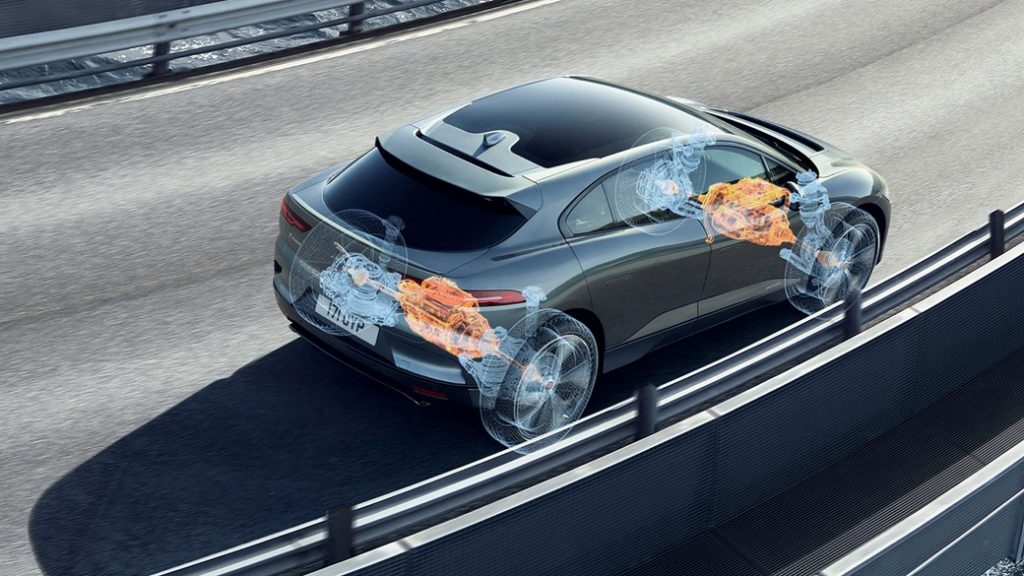Electric cars are here to stay and motorists are having to become armchair experts in battery technology. It’s no easy task: drivers need to revise electrical engineering and chemistry lessons to fully understand the cells in electric vehicles (EVs).
In this guide, we explain how electric car batteries work for a layperson, what to look out for if you’re thinking of buying an EV and how to distinguish between good battery tech and something which might soon feel like Betamax.
What kind of batteries do electric cars use?
Most EVs on sale today use fundamentally similar battery tech: hundreds of individual battery cells packaged into modules or pockets, which assembled together make up the electric car battery. They’re huge affairs, typically stretching several metres in length – and, as such, they are housed along the chassis of a car below your feet, often in a skateboard configuration.
Former Tesla and now Lucid CEO Peter Rawlinson explains: ‘It’s important to differentiate. The small, individual elements are the cells – the finished unit is the battery.’ They’re bundled together into a battery unit, which is conditioned to maintain an optimum operating temperature regardless of the summer or winter climate outside, as shown in our diagram below.
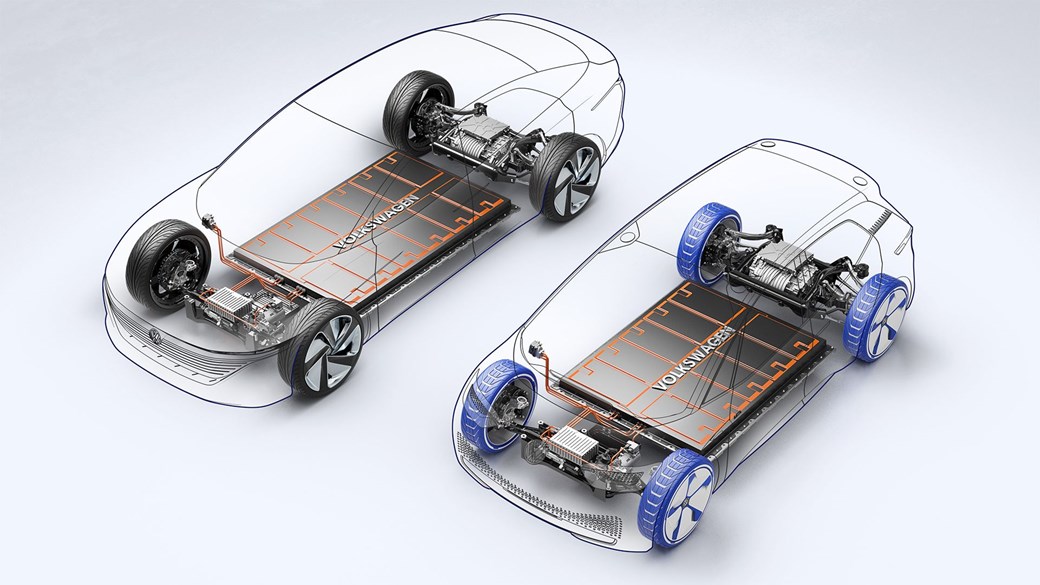
There are two main types of electric car battery commonly used today:
- Lithium ion battery Used by most EV makers (eg Tesla, Jaguar)
- Nickel-metal hydride Seen in hybrids (eg Toyota)
The underlying chemistry isn’t that different to the batteries in your mobile. Most modern smartphones use lithium-ion batteries for quick charge cycling – this is what you’d find in an iPhone or Samsung Galaxy mobile, just deployed on a giant scale.
Requirements are complex: they need to be able to store a lot of energy, but also recharge quickly, and retain their energy density over many thousands of charging cycles, all the while being pummeled by roads, potholes and whatever the great British weather throws at them…
Stepping stone electric cars: our guide to the best hybrids on sale today
Electric car battery capacity
To provide the energy required to propel a car weighing two tonnes and upwards, EV batteries are generally pretty large. Their energy capacity is normally measured in KiloWatt hours (or kWh), denoting the battery’s energy storage over a specific time.
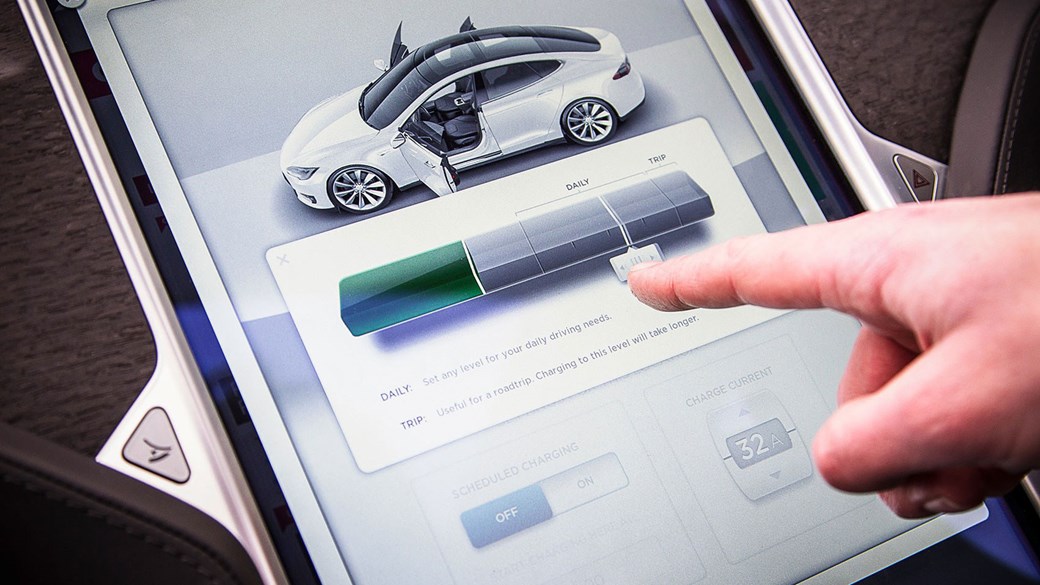
So a 100kWh battery in a Tesla Model S (above) is capable of delivering a maximum of 100 kilowatts of energy for one hour straight. Typical day-to-day driving will use considerably less energy than that, so in fact the battery will last for several hours before needing to be recharged, remember.
How long do batteries in electric cars last?
If you’re considering an EV, it’s important you pick a car with a battery capacity big enough to suit your needs. If most of your driving is short hops or school runs around town, a smaller battery capacity will be fine.
A new breed of small electric cars, such as the Honda E, are arriving with relativley puny battery capacities. The Honda has a small 35kWh battery, enough for around 130 miles of range. That should be sufficient if you live in town, but many will want more range, which is why Jaguar equips its i-Pace with an 85kWh battery for a 292-mile claimed range.
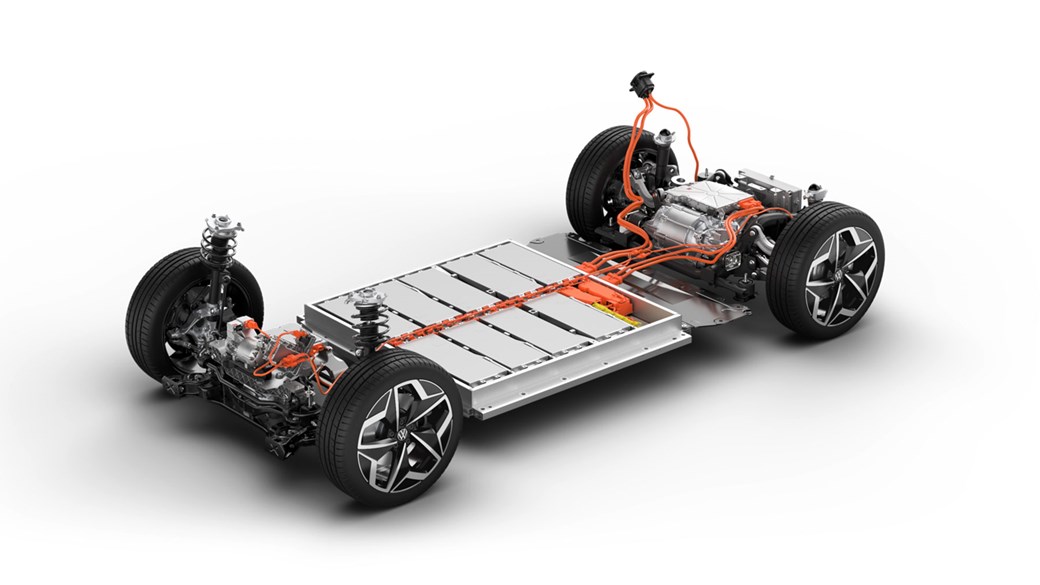
It’s very simple: the more range you need, the bigger the battery pack you should specify – or accept you’ll need to charge up more frequently.
The smallest batteries today are around 30-something kWh, whereas the largest range up to 100kWh. Tellingly, the price of the larger batteries is significant. Our advice is not to be scared off by the smaller capacities, so long as you have home charging and a modest commute.
Longevity, reliability and warranties
How long an EV battery lasts isn’t just a question of daily range, of course. Some buyers are worried about how long the battery itself will last – but all the evidence suggests that your car will not suffer a catastrophic battery death like your ageing mobile phone might.
There are so many cells in a typical EV battery that they retain capacity even after hundreds of thousands of miles; although they won’t perform as well as when box-fresh and new, they will keep holding charge for many, many years to come and the internet is full of high-mileage electric and hybrid cars still working well into their dotage. The expected electric car battery life is at least a decade and our advice is your car will fall apart before your battery fails.
This is why all new electric cars on sale today come with long warranties, guaranteeing around 70% original capacity even after seven or eight years’ use:
- BMW i3 Eight years/100,000 miles
- Hyundai Kona Electric Eight years/100,000 miles
- Kia e-Niro Seven years/100,000 miles
- Jaguar i-Pace Eight years/100,000 miles
- Nissan Leaf (below) Eight years/100,000 miles
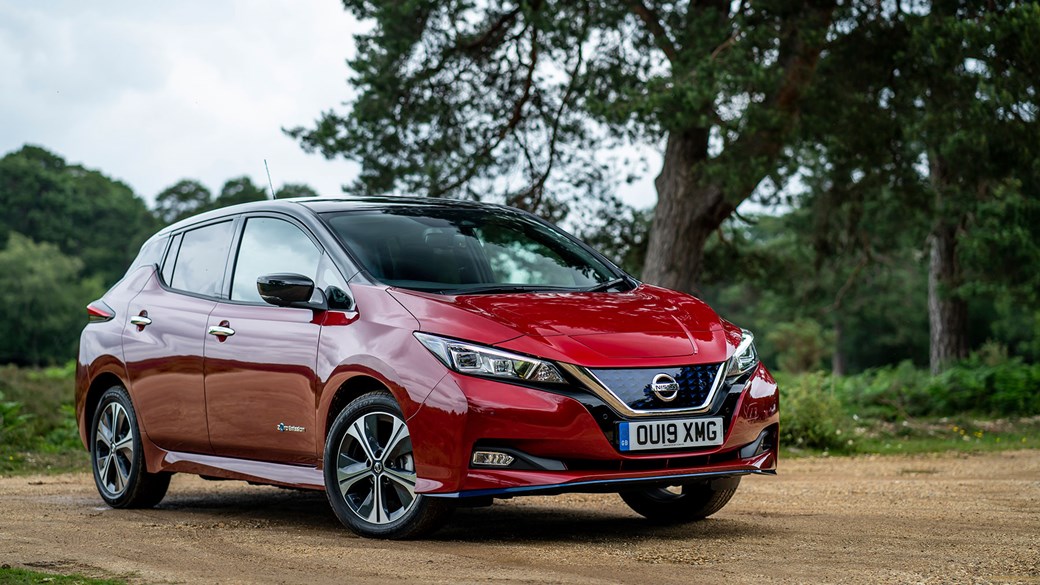
It’s also why residual values of EVs has risen in recent years, as the market clocks on to how an ageing first-gen Nissan Leaf is still a great buy.
Why are electric car batteries so expensive?
These huge batteries pack a lot of very expensive – and rare – metals in them, meaning they cost a lot of money. It’s the reason why electric cars are so expensive, compared with their more conventional petrol or diesel counterparts. That intensively mined lithium ain’t cheap…
Happily, the cost of batteries is gradually coming down, even if we’re some way off EVs becoming as cheap as petrol equivalents. Porsche R&D boss Michael Steiner recently told CAR: ‘I do not see in the first half of this decade a good chance of a breakthrough in battery technology. We will see step-by-step incremental benefit with lithium-ion batteries. We predict a 2-3% improvement year-by-year in lithium-ion battery tech.’
Who owns the battery in an electric car?
Most batteries are now included in the purchase price of an EV, but in the early days of electric cars, in the Noughties, some manufacturers would sell you the car but lease the battery separately.
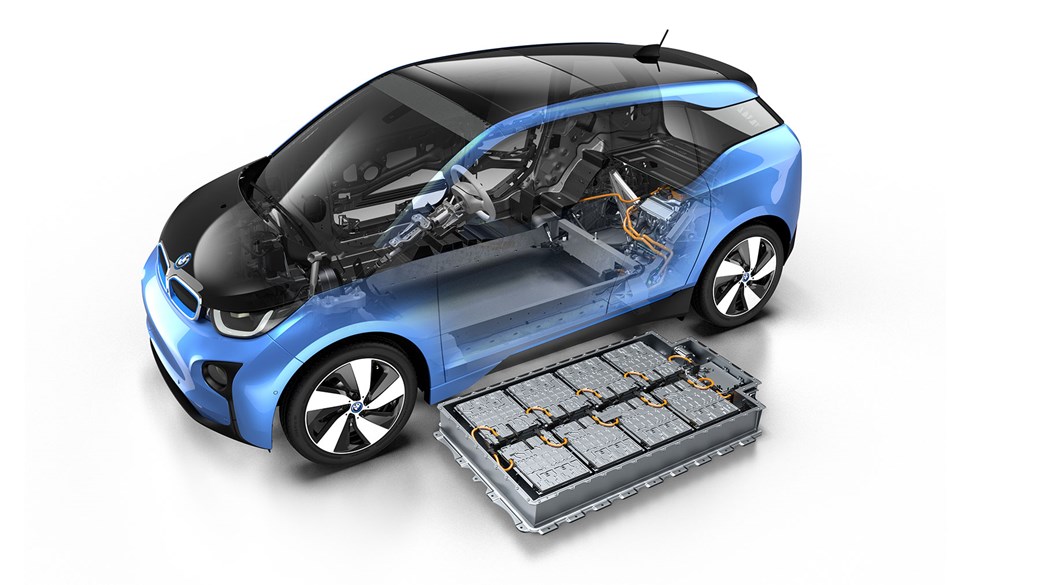
Renault was one brand that did this, but this system has almost universally stopped now. It was a way of making EVs look cheaper at point of purchase – but you’d be tied to a monthly lease deal, paying finance on the battery much like you spread the cost of your mobile phone or Netflix over many months in a subscription deal.
It was a bit of a false economy and proved difficult to explain in the secondhand car market, where buyers were put off the idea of buying a car without having ownership of the battery.
Dangers and envionmental impact
Electric car batteries are rigorously tested and manufacturers put plenty of safety systems in place to make sure they’re safe. If you’ve spent the last few years driving around with highly flammable petrol or diesel stored in your fuel tank, there’s really nothing to worry about.
Yes, there are very high voltage involved, but passengers will never be exposed to dangerous shocks, and any the batteries are typically protected from impacts by being packaged low down in the middle of the car to prevent them from being damaged in a crash, which could cause a fire.
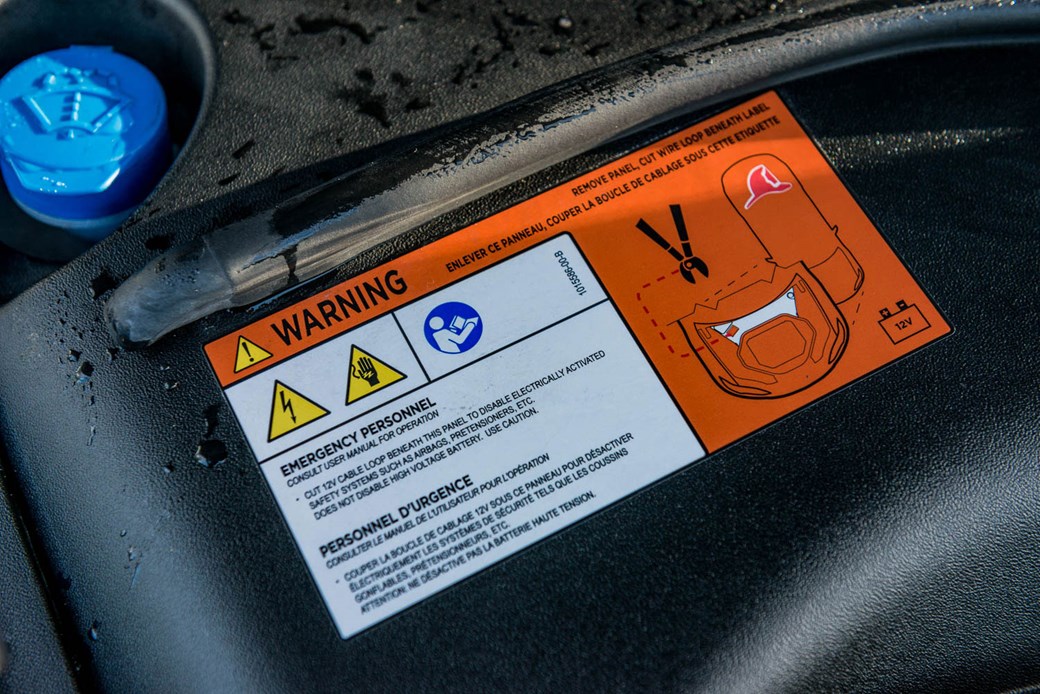
Environmental impacts? There are numerous studies suggesting that while an EV is more expensive to manufacture, it is in fact better for the environment over its whole lifecycle. And when an electric car reaches the end of the road, those valuable batteries can be removed and used to store energy – solar or off-peak mains-supplied – to power your home more efficiently. Smart energy supply systems are the next big thing, according to many industry watchers.
Source: https://www.carmagazine.co.uk
CUT COTS OF THE FLEET WITH OUR AUDIT PROGRAM
The audit is a key tool to know the overall status and provide the analysis, the assessment, the advice, the suggestions and the actions to take in order to cut costs and increase the efficiency and efficacy of the fleet. We propose the following fleet management audit.


